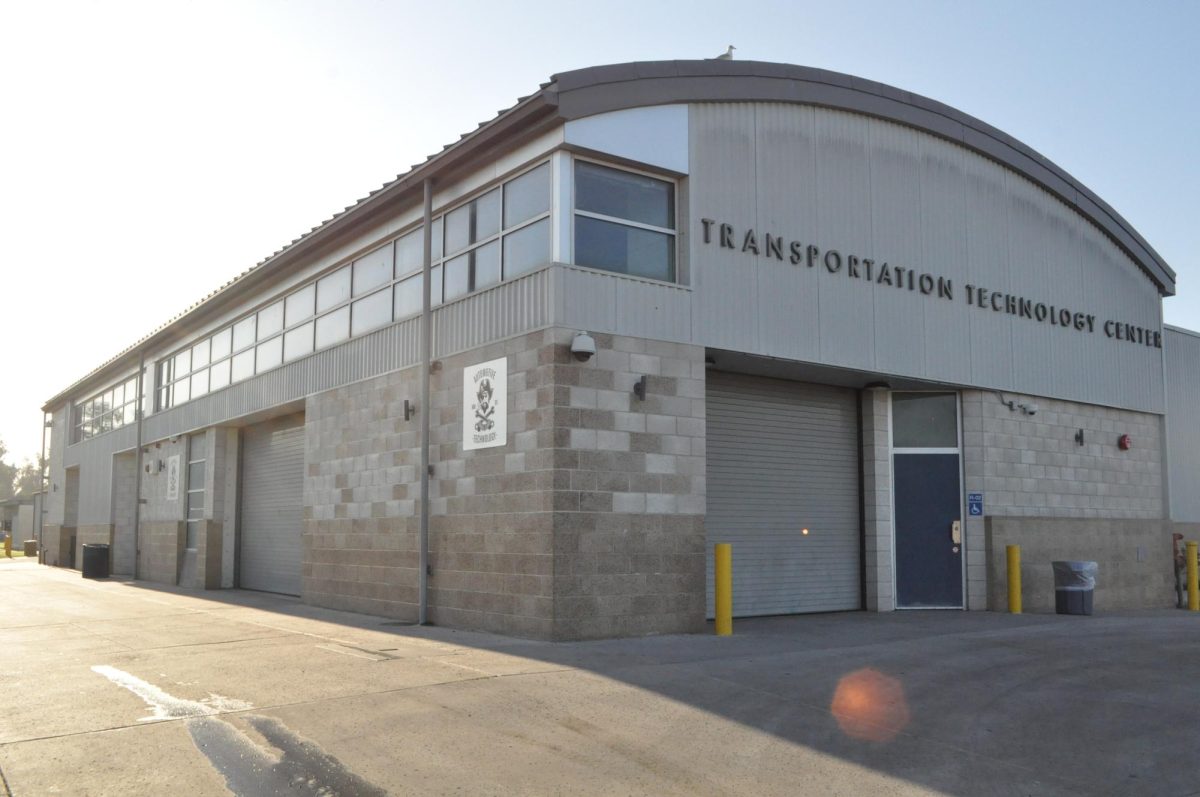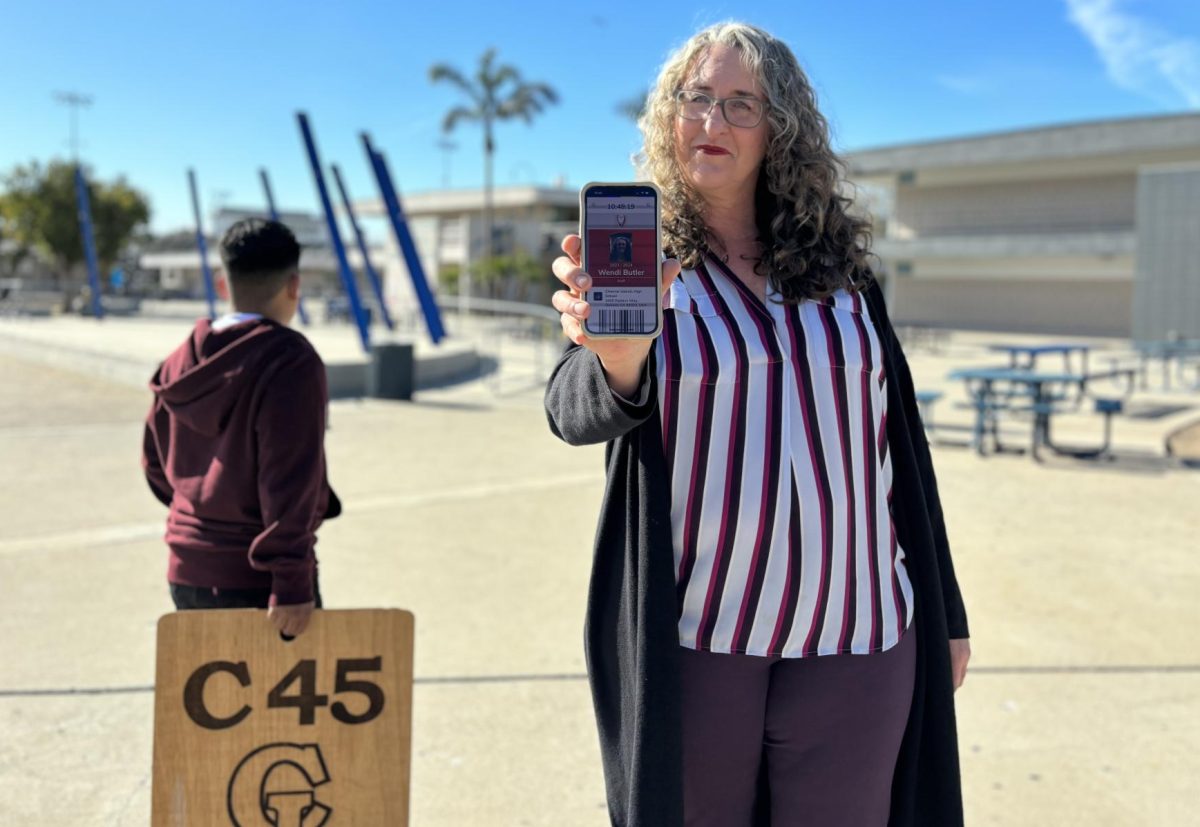Throughout the school year, one question seemed to linger through the CI halls: Will CI continue to use the quarter system, or switch back to the semester system that was used before the pandemic?
Around the end of January, Raiders got their answer when only 55 percent of the staff supported going back to semester, short of the 66.6 percent voting requirement. As a result, the quarter system will live on to the 2024-25 school year.
It seems, however, that this decision stirred up more problems for Raiders students and staff.
“Quarters should not continue,” says Johanna Tolentino, a junior at CI. “It takes away from people trying to take enough classes that they want to. Many people in certain career paths need to take certain AP classes, and they can’t fit it in their schedules because the quarter system only allows for four classes.”
Arguably, the biggest difference between quarters and semesters is the amount of time allotted for each class. Raiders reading this article would already be familiar with the typical day under the quarter system: 4 classes a day that start at 8:30 in the morning and go to 3:35 in the afternoon. On the flip side, semesters consist of six 57-minute classes in a day. Due to the smaller schedule sizes of quarters and the year-long nature of AP classes that becomes inconsistent when compared with the “switching” nature of quarters, students are unable to take the more rigorous courses that they would like to.
This time crunch brought upon CI does not just affect students. Mr. Miguel Tejeda, a math teacher, says that “for quarters, I only get to see the students for literally half the time during the school year.”
Mr. Tejeda will be in charge of the new AP Pre-calculus course available for students next year. Despite the hurdles he is sure to face, Mr. Tee holds his head up high with positivi-Tee in his pocket, saying, “Fortunately, with AP Pre-calc, I’m going to keep [my students] for three quarters. Not all four, but three is better than two.”
It’s important to note that quarters and their lack of time disproportionately affects different courses. Mrs. Monica Zepeda, a Spanish 1 and ESL teacher at CI, details her experiences through quarters.
“This class is Spanish 1, which is the foundation of the language before you move on to the rest of the levels,” says Mrs. Zepeda, when questioned about the effectiveness of quarters. “If you only get 2 months and a half to learn a language, then take a break for 10 weeks and then come back — even adults aren’t able to learn a language in that setting.”
On the other side, however (quite literally as his classroom is located parallel to Mrs. Zepeda’s), Mr. Juan Garcia’s Advanced Culinary class benefits from the daily extra time.
“It would be detrimental if we were to move into semesters because we would not have the chance to do assignments that we do today,” says Mr. Garcia. “Our assignments require more and more time.”
While decisions like these are hard to come to a concrete standpoint, it is undeniable that, no matter what, students and staff are going to persevere through the hardships that come with the differing term system. Whether quarters or semesters, teachers will undoubtedly acclimate to students’ needs, and students will subsequently adapt to any trials and tribulations that will come about.






